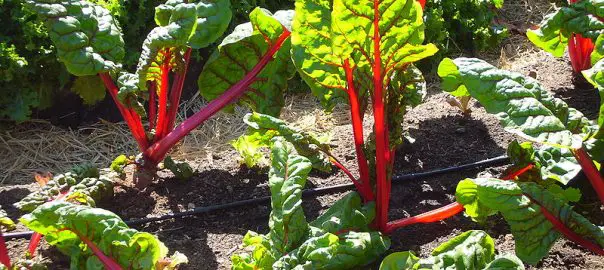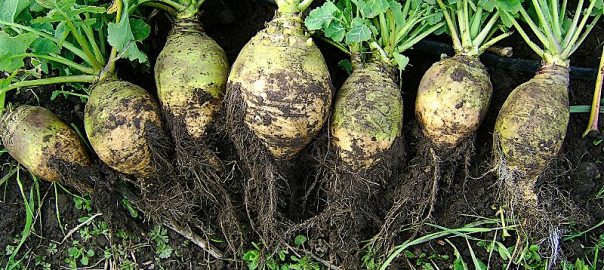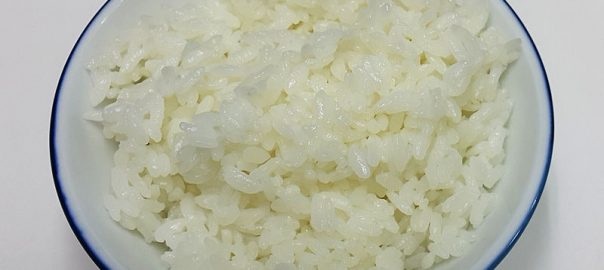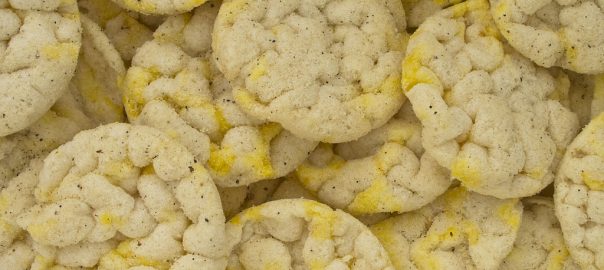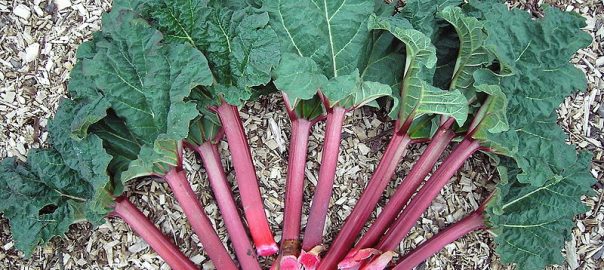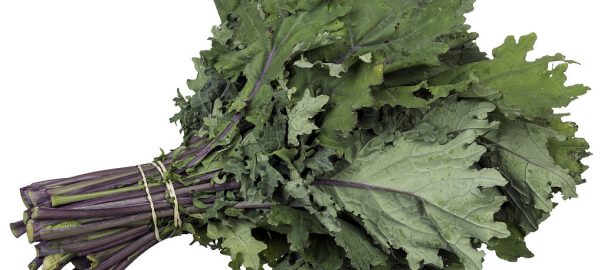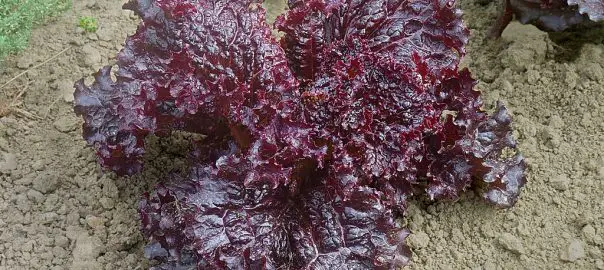Rhubarb is a herbaceous perennial which is used widely around the world in culinary dishes of different varieties.
Their fresh raw leaf stalks (petioles) are crisp with a strong, tart taste.
Although rhubarb is not a true fruit, in the kitchen it is usually prepared as if it were.
Most commonly, the stalks are cooked with sugar and used in pies, crumbles, and other desserts.
A number of varieties have been domesticated for human consumption, most of which are recognized as Rheum x hybridum by the Royal Horticultural Society. (source)
Can guinea pigs eat rhubarb?
Let’s take a look at its nutritional data and find out more.
In particular, its acidic, water, sugar, fat, salt, calcium, and phosphorus content is of most interest as far as guinea pigs are concerned.
Nutritional value per 100 g (3.5 oz)
Energy 88 kJ (21 kcal)
Carbohydrates
4.54 g
Sugars 1.1 g
Dietary fiber 1.8 g
Fat
0.3 g
Protein
0.8 g
Vitamins
Thiamine (B1) (2%) 0.02 mg
Riboflavin (B2) (3%) 0.03 mg
Niacin (B3) (2%) 0.3 mg
Pantothenic acid (B5) (2%) 0.085 mg
Vitamin B6 (2%) 0.024 mg
Folate (B9) (2%) 7 μg
Choline (1%) 6.1 mg
Vitamin C (10%) 8 mg
Vit E (2%) 0.27 mg
Vitamin K (28%) 29.3 μg
Minerals
Calcium (9%) 86 mg
Iron (2%) 0.22 mg
Magnesium (3%) 12 mg
Manganese (9%) 0.196 mg
Phosphorus (2%) 14 mg
Potassium (6%) 288 mg
Sodium (0%) 4 mg
Zinc (1%) 0.1 mg
source wikipedia
As you can see, rhubarb contains a hint of salt and fat, a little phosphorus and sugar, quite a lot of calcium and a lot of acidic content.
Rhubarb leaves are said to contain oxalic acid which is nephrotoxic and corrosive acid. Human beings are said to have been poisoned by eating the leaves. The oxalic acid can also be found in the stalks of the rhubarb stick.
This means that guinea pigs cannot eat rhubarb. It is very poisonous to them and will make the unwell if not kill them.
There are guinea pig owners who have professed to their piggies, unfortunately, dying because of eating rhubarb.
It is definitely a food to steer clear of feeding them as it will harm them severely.
This means any kind of rhubarb whether cooked or raw as both forms will have the same effect.
Unfortunately, not all veggies are the same in terms of their content. Some are good for piggies to eat and some should be avoided and rhubarb comes into the latter category.
Guinea pigs are great fans of veggies and will look to eat if you give it to them so do avoid even having it near them.
What can guinea pigs eat instead?
There are much better vegetables that you can feed your guinea pigs to eat.
Bell peppers, kale, green beans, cabbage, and carrots, for instance, can be fed in small amounts and will give a healthy balance to a guinea pig’s diet of guinea pig mix, hay, water and a little bit of fruit.
For more foods that guinea pigs can and can’t eat, check out our guinea pig food list.

